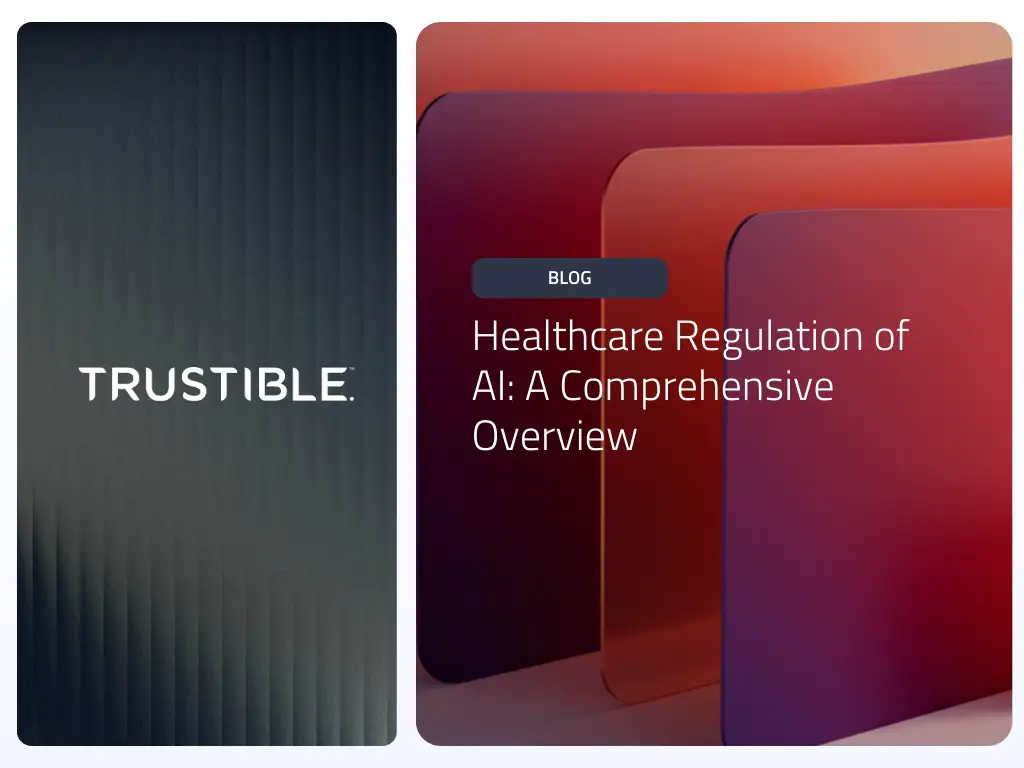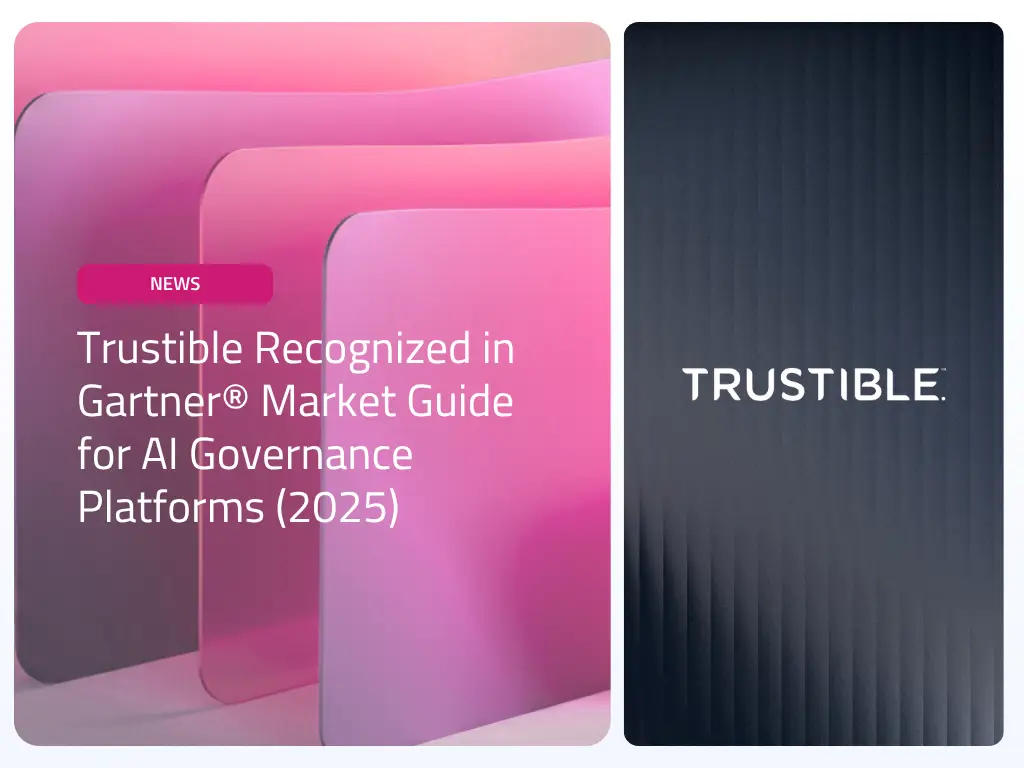AI in healthcare isn’t starting from a regulatory vacuum. The healthcare regulation of AI is building on an environment that already treats digital tools as safety‑critical: medical device rules, clinical trial regulations, GxP controls, HIPAA and GDPR, and payer oversight all assume that failing systems can directly harm patients or distort evidence. That makes healthcare one of the few sectors where AI is being plugged into dense, pre‑existing regulatory schemas rather than waiting for AI‑specific laws to catch up.
Because of this, healthcare is also more insulated from the uncertainty you see in other domains where AI rules are still mostly soft law and best‑practice guidance, or are subject to an escalation of regulation rather than a higher starting baseline of regulation. In healthcare, the combination of the EU AI Act, FDA pathways for Software as a Medical Device, ISO 42001, and risk frameworks such as NIST’s AI RMF are already converging into a concrete set of expectations for how AI must be designed, deployed, monitored, and documented.
What’s changing fastest is the “horizontal” layer of AI‑specific law that now sits on top of traditional health and data regulations. The EU AI Act has entered into force with phased obligations for high‑risk systems such as many medical devices, but implementation details are still evolving: sector‑specific standards are under development and the European Commission has even proposed delaying some high‑risk requirements to late 2027 as part of a broader “Digital Omnibus” simplification package. For practitioners, this means the rules are real, but the timelines and technical specifics are moving targets, making it even more important to anchor compliance efforts in stable, reference frameworks like NIST and ISO 42001, and to connect those to FDA and emerging state‑level requirements.
You don’t get to choose whether your clinical AI is regulated; you only get to choose how proactively you harmonize these overlapping regimes into a coherent governance approach.
In this analysis, we’re going to explore the multiple regulatory frameworks that impose specific requirements on healthcare AI systems. Compliance obligations vary based on system risk level and where you deploy geographically.
EU AI Act High-Risk Requirements
The EU AI Act classifies most medical AI systems as high-risk, which triggers conformity assessment obligations before market entry. Healthcare organizations deploying high-risk systems will be required to maintain technical documentation, implement quality management processes, and establish post-market monitoring plans. A CE marking may also be a requirement for deployment, meaning third-party assessments are necessary for certain system categories.
NIST AI RMF Control Families
The NIST AI Risk Management Framework organizes governance activities into four functions: GOVERN, MAP, MEASURE, and MANAGE. Healthcare organizations can map these to existing risk management processes rather than building something entirely new. The GOVERN function establishes organizational policies and oversight structures. MAP identifies use cases and associated risks. MEASURE focuses on ongoing performance assessment, while MANAGE addresses incident response and continuous improvement.
Because the NIST AI RMF is increasingly being adopted by U.S. federal agencies, and proposed legislation would formally require agencies and their vendors to implement it, healthcare organizations that contract with federal programs (e.g., CMS, VA, DoW health systems) should expect alignment with NIST to become a de facto expectation in procurement and oversight.
ISO 42001 Management System Alignment
ISO 42001 specifies requirements for an organizational AI management system that integrates with existing quality management frameworks. The standard emphasizes continuous evaluation of whether risk mitigation efforts remain effective as AI systems evolve and deployment contexts change. Organizations pursuing ISO 42001 certification document their AI governance policies, risk assessment methodologies, and performance monitoring procedures in ways that auditors can verify.
As the first international standard for AI management systems, ISO/IEC 42001 is rapidly being adopted by large technology providers and life sciences companies as evidence of responsible AI governance, giving healthcare organizations a globally recognizable “common language” to show regulators, payers, and partners how their AI is managed end‑to‑end.
FDA SaMD and GxP Considerations
AI systems with a medical purpose (e.g., diagnose, treat, or prevent disease) are generally regulated as medical devices by the FDA, which includes Software as a Medical Device. The FDA evaluates clinical validation studies, software verification testing, and cybersecurity controls before granting marketing authorization. Pharmaceutical companies face additional good practice requirements when AI systems support manufacturing, quality control, or clinical trial operations, which means validation protocols that demonstrate data integrity and reproducibility become essential.
Emerging US State Laws
Healthcare organizations operating across multiple states will need to be mindful of jurisdiction-specific laws. For instance, Colorado’s AI law establishes deployer responsibilities for high-risk AI systems that include impact assessments and consumer notification requirements. Other states are considering similar legislation that would create additional compliance obligations distinct from federal regulations. Healthcare companies will need to implement governance frameworks flexible enough to accommodate varying state-level requirements while maintaining consistent risk management practices.
Why this regulatory patchwork matters for healthcare AI teams
Taken together, these frameworks do more than create a compliance checklist—they define how “trustworthy” healthcare AI will be interpreted in audits, licensing decisions, and commercial contracting.
Key takeaways for practitioners:
- Assume your healthcare AI is “high‑risk” by default: Between the EU AI Act’s risk tiers, medical device rules, and good‑practice expectations, most clinically meaningful AI will be treated as high‑risk, triggering obligations around documentation, quality management, and post‑market surveillance rather than light‑touch self‑regulation.
- Design one governance system that can serve many regulators: Use NIST AI RMF and ISO 42001 as your backbone, then map EU AI Act, FDA SaMD expectations, GxP requirements, and state AI laws (such as Colorado’s high‑risk AI regime with mandatory impact assessments and consumer notifications) onto that backbone instead of building siloed, parallel processes.
- Treat validation and monitoring as ongoing obligations, not launch milestones: Regulators are converging on lifecycle control: clinical performance must be re‑checked as models drift, updates must be controlled like device design changes, and real‑world incidents must feed back into risk assessments and model improvements.
- Invest in documentation capabilities early: High‑risk regimes consistently require explainable documentation on how, where, and why AI systems are deployed and their performance. Those artifacts are hard to generate retroactively once you’re in front of an auditor or notified body.
- Plan for shifting timelines, not fewer obligations: Proposals to delay some EU AI Act high‑risk requirements to 2027 don’t mean healthcare organizations can wait; they just buy time to build the underlying governance, quality, and monitoring capabilities that will be mandatory when enforcement ramps up, and the imperatives, for strong patient outcomes and safety, are even more important than ever.
Ultimately, the organizations that win with AI in healthcare won’t be the ones that treat each new emerging regulation in a reactionary manner. They’ll be the ones that treat regulation as the floor from day one, using standards like NIST and ISO 42001 to define internal guardrails, then layering jurisdiction‑specific requirements like the EU AI Act, FDA SaMD rules, and state AI laws on top of a stable governance core.



